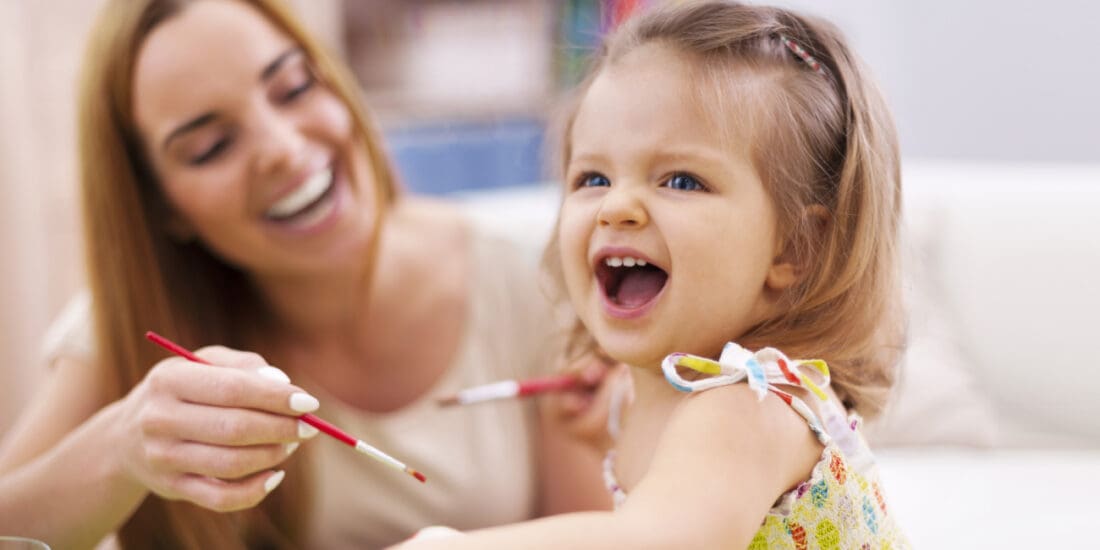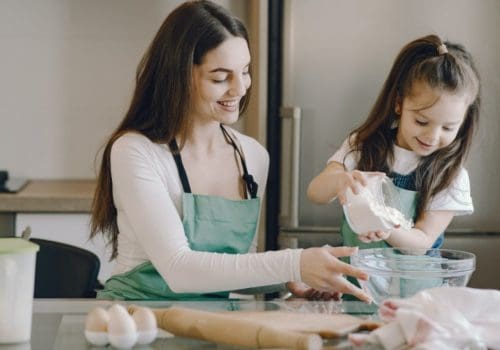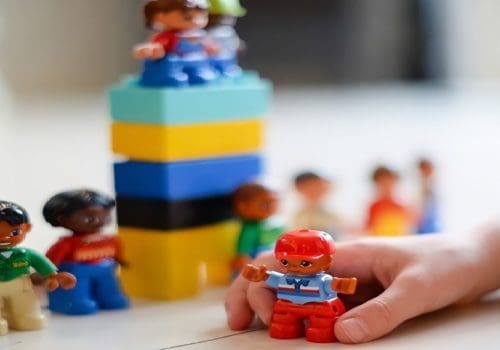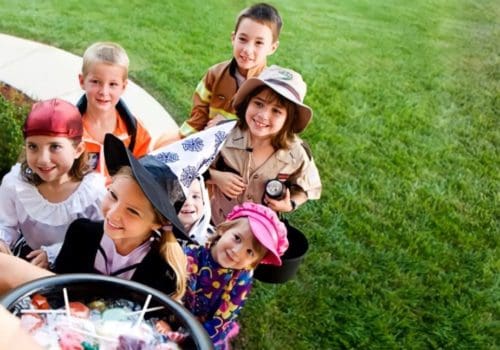This week we join the National Association for the Education of Young Children (NAEYC) in…

The Power Of Modeling – by Giles Andreae
Did you know that the best way children learn is through observation?
According to Albert Bandura’s Observational Learning Theory (also known as the Social Learning Theory), behavior is best learned through observation of others. Children observe and learn best from those they can relate to and with whom they feel comfortable.
Modeling is the way in which this theory can be applied both at home and in school. Knowing the power of modeling gives us a great understanding of how we can intentionally use it to support children in their development and learning process.
During informal daily routines and activities parents and caregivers are the “models” that children are observing and continuously learning from. What we do, how we speak, how we react to difficult situations are all examples we are setting and from which our children are learning. Parents are generally the first and most influential role models for children. Being mindful of our behaviors and ensuring that our children are exposed to other positive role models (including on TV) is of utmost importance.
Planned activities allow parents and caregivers to use modeling as an effective and intentional form of teaching. There are many activities that you can do together and that will not only serve as perfect learning moments (as your child observes and imitates) but will also create wonderful memories that he or she is not likely to forget. Draw with your child, build towers, pick up the toys together, water the plants, carry out activities that offer intentional learning opportunities and that support children’s overall development. Observational learning becomes more effective when these activities are accompanied by dialogues and back and forth conversations. According to Bandura, after children observe and imitate a behavior, reinforcements are what will encourage or discourage the child from repeating that behavior. So make sure to reinforce positive and desired behaviors you observe in your child by providing verbal acknowledgement, encouragement and motivation!







